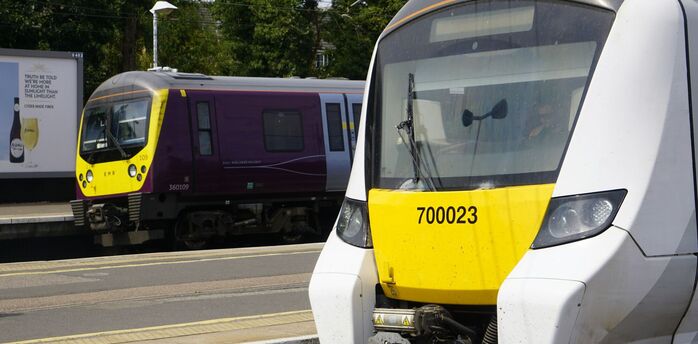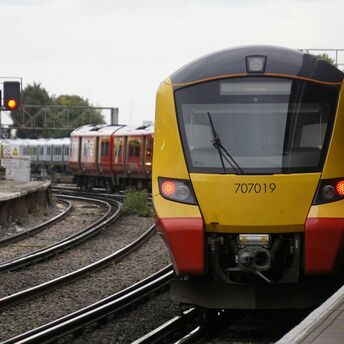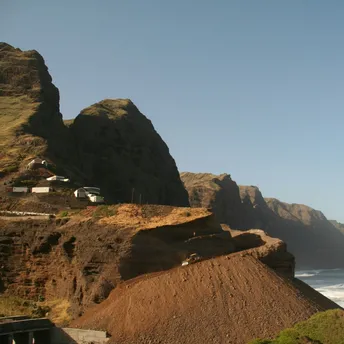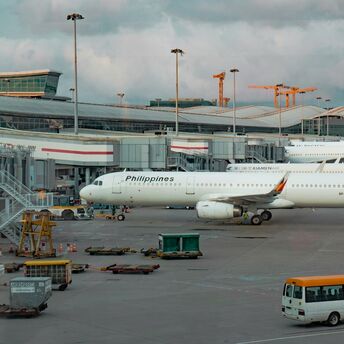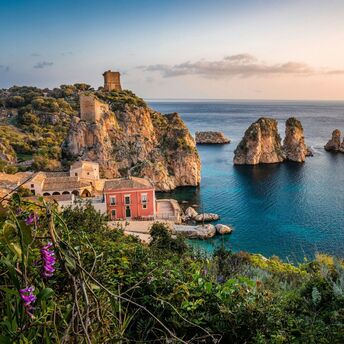Temporary Closure of Picerno Station Alters Train Routes in Southern Italy
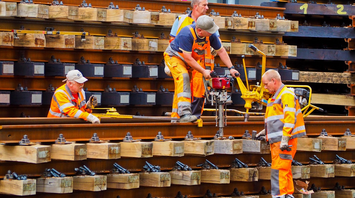
This summer, travelers using the Battipaglia Potenza railway line in Basilicata will face changes. Picerno station will be closed to northbound trains from July 1 to August 31, 2025. The closure is necessary to carry out construction involving new platforms and shelter foundations. Consequently, trains arriving from the north will not stop at the station temporarily, whereas southbound services will operate as normal.
Recent infrastructure upgrades on the Battipaglia Potenza line by Rete Ferroviaria Italiana (RFI) were completed between April 1 and June 30. The works included:
- Renewal of tracks and signaling systems
- Improvements to station facilities and accessibility
- Enhancements aimed at increasing travel speed, safety, and operational efficiency on regional rail routes
The closure will mainly impact travelers trying to reach areas near Picerno that are not easily served by car or bus. One such site is the Fontana dei Pastori, a centuries-old shepherds fountain located in a remote valley outside the town. Monte Li Foj, famous for its beautiful hiking paths and stunning views, will also be affected. Access to the Santuario del Carmine, a well-known pilgrimage site perched on a hill, will be limited due to the lack of stops at Picerno station.
For tourists heading to Potenza via the northern route, the disruption may also hinder visits to rural attractions that depend on train access. Among these is Lago Laudemio, a glacial lake near the top of Mount Sirino, prized for summer picnicking and wildlife watching. The Ponte alla Luna skybridge in Sasso di Castalda, a short drive from Picerno, may see fewer spontaneous visitors arriving by rail. The same goes for the Grotta delle Meraviglie, a small but striking cave network often reached as part of day trips involving train and foot travel.
Despite these inconveniences, the long-term rail upgrades are designed to improve reliability for all travelers. Enhancements to junction speed limits, modernized safety systems, and newly accessible platforms will eventually make travel through the area smoother and more efficient. These improvements are designed to meet increasing regional travel needs, particularly during the busy tourist season, and could help more people discover the hidden gems of southern Italy’s interior.


